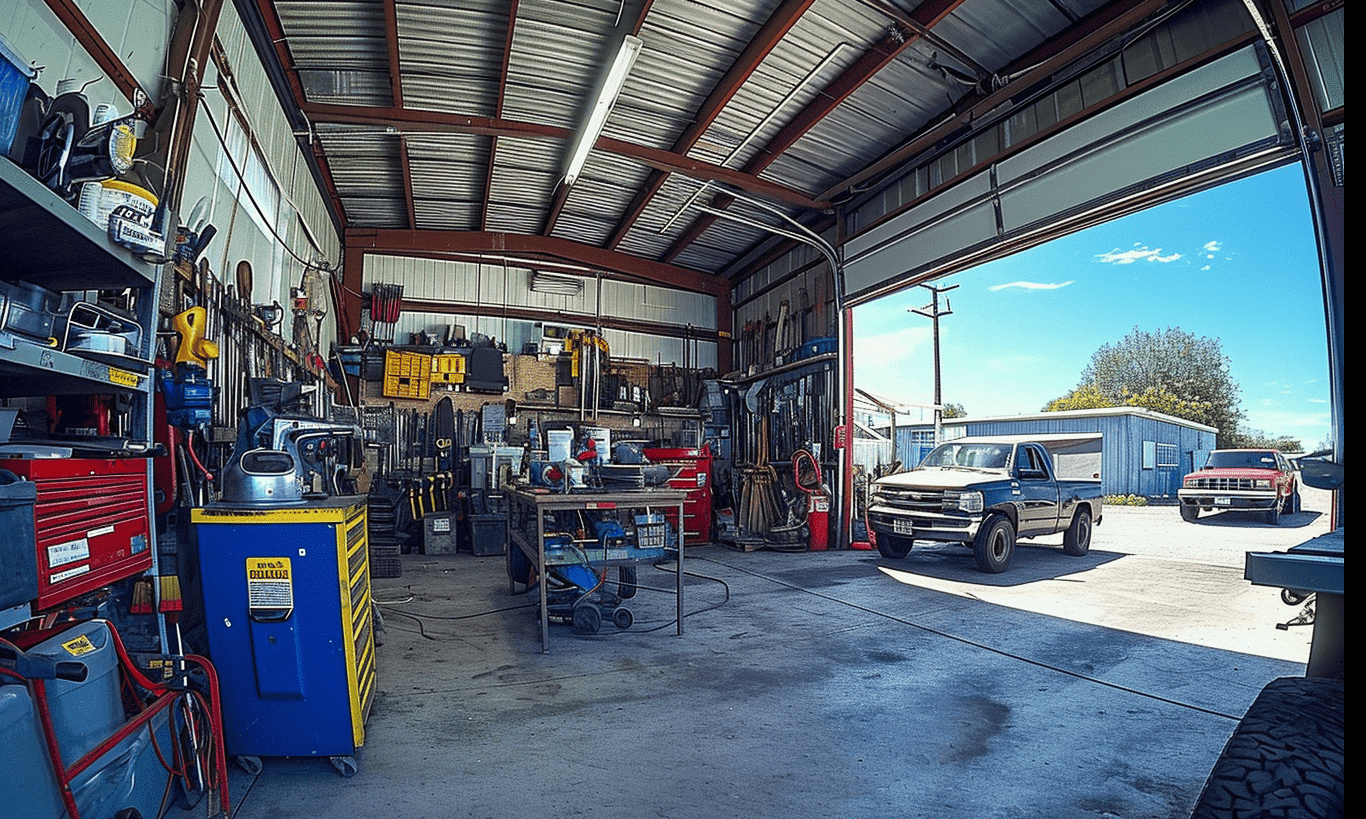Understanding egress codes may seem like a technical subject, but when your safety is at stake, it’s essential to navigate these waters effectively. Egress codes are critical regulations that ensure safe navigation out of buildings during emergencies such as fires, earthquakes, or other hazards. For anyone involved in the design, construction, or management of a building—whether it be residential, educational, or commercial—having a firm grasp on these codes is not only legally necessary but also a moral imperative.
What Are Egress Codes?
At their core, egress codes dictate the requirements for safe exit routes within buildings. These rules ensure that exits are clearly marked, unobstructed, and easily accessible to everyone, including individuals with disabilities. The term “egress” encompasses three primary components: exit access, exit, and exit discharge. Together, these elements create a continuous and clear path out of a building to a safe area.
If you think egress codes only involve placing an exit sign, you’re in for a surprise. The complexity ranges from the technicality of door swing directions to accessibility considerations. How does one navigate these complexities effectively? By understanding the imperatives of Canada Mortgage and Housing Corporation – Understanding Egress Codes, which provides insightful guidance on the matter.
The Importance of Egress Codes
Imagine this: A fire erupts unexpectedly in a busy high-rise building. The success of the evacuation hinges not only on swift action but also on the clarity and accessibility of the exit routes. This is where egress codes come into play. They ensure that building designs incorporate sufficient and effective means of escape to protect lives.
Egress codes serve as a vital component under the larger umbrella of building code enforcement roles. These regulations interact with multiple facets of building safety, aligning with fire codes and accessibility requirements. Much like the cogs of a watch, each must function precisely for the whole system to operate smoothly.
Application in Different Building Types
While the necessity of egress codes is universal across building types, their application does tend to vary. In Commercial Construction, the demands for egress solutions are stringent given the high footfall and the diverse activities taking place. On the other hand, in residential constructions, the focus might lean heavily towards ensuring homes are suited for emergency evacuations while maintaining aesthetic requirements.
For metal structures like those in metal building systems Ontario, the challenge often lies in their customizable nature. As modular and adaptable as these structures are, achieving egress compliance mandates careful planning right from the design phase. The versatility should never be at a crossroads with safety.

Key Components of Egress Codes
To effectively design a building with compliant egress paths, understanding the key components is crucial:
Exit Access
This refers to the portion of an exit route leading up to the exit. The design ensures that occupants have a clear path without physical barriers that could impede a quick exit.
Exits
The exit itself is typically an enclosed portion that provides the protected path necessary to ensure safety. Fire-rated doors and stairwells often constitute this part.
Exit Discharge
Finally, the exit discharge is the part of the egress path that leads safely outside to a public way or refuge area. Proper lighting, signage, and accessibility are mandatory features.
Lighting and Signage
Effective egress isn’t just about creating pathways; it’s about ensuring visibility and comprehension under stress. Egress lighting and signage need to be conspicuous and illuminated, potentially through self-luminous materials or backup electricity systems, to suggest the nearest safe exit or assembly point.
Accessibility: A Critical Aspect
A significant consideration is the imperative of Accessibility in schools and other public institutions. Codes stipulate that all egress paths must accommodate individuals with varying physical abilities, integrating features like ramps, wider doors, and auditory notifications.

Ensuring Egress Code Compliance
Achieving compliance is not a one-time event but rather an ongoing process that involves strategic planning, objective assessments, and vigilant maintenance. Here are actionable steps for ensuring egress compliance:
Collaborate with Professionals
Engineers, architects, and code specialists play critical roles in ensuring compliance. Regular consultations can provide insights into the changing dynamics of egress rules.
Routine Inspections and Drills
Organizations should hold frequent drills and inspections. These reviews guarantee that both staff and infrastructure meet the changing demands of safety codes, thus reducing avoidable risks during actual emergencies.
Leverage Technology
Utilizing digital tools for modeling and testing egress paths can highlight potential challenges and streamline modifications in the design phase.
Continuous Training
Training isn’t solely for fire marshals. Arming employees with knowledge about safety protocols ensures a unified response during emergencies.

Conclusion: The Stakes of Understanding Egress Codes
Understanding egress codes is pivotal—an investment in knowledge that potentially saves lives. These codes are not mere bureaucratic red tape but essential components of effective safety management. Proper comprehension and implementation can significantly mitigate risks associated with emergencies, thereby protecting human life and preserving property.
In an evolving landscape where building safety is increasingly prioritized, staying abreast of egress standards ensures not just compliance, but peace of mind. Remember, codes may change, but the stakes remain the same—nothing less than the safety and well-being of everybody who sets foot in your building.
Awareness is your first step to mastery, but application is your passport to safety. So, embark on this journey of understanding egress codes with confidence and urgency. Your expertise could one day be the key to unlocking both physical barriers and peace of mind in times of distress.










